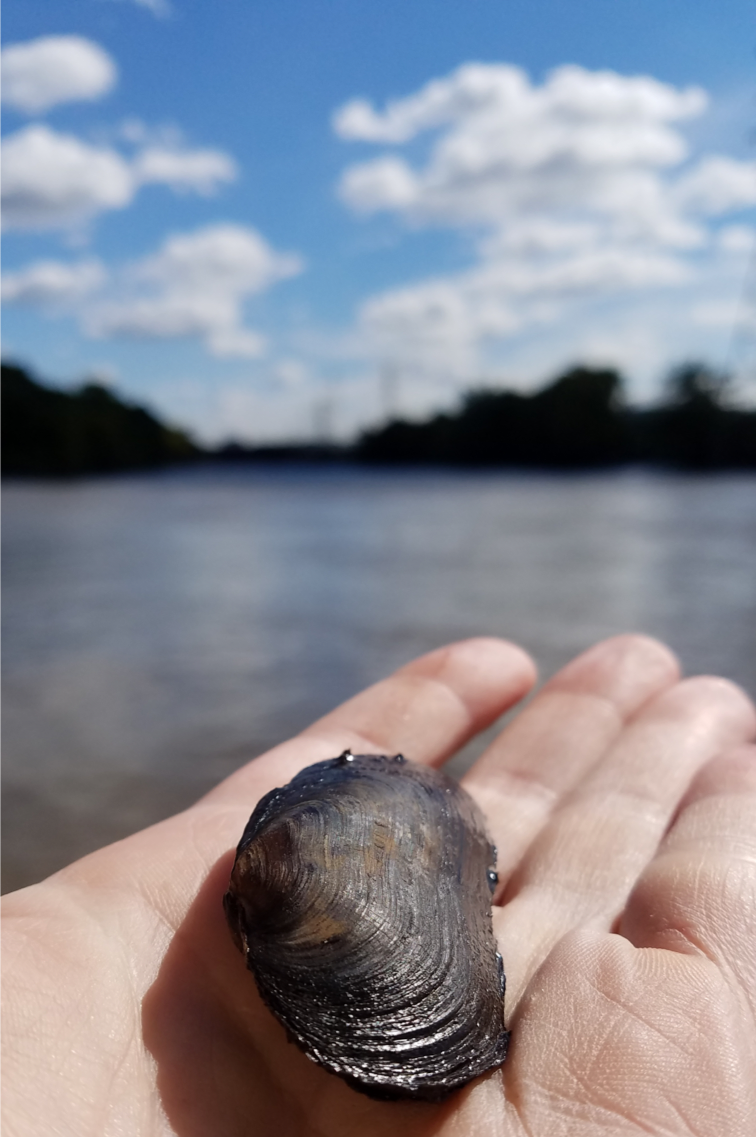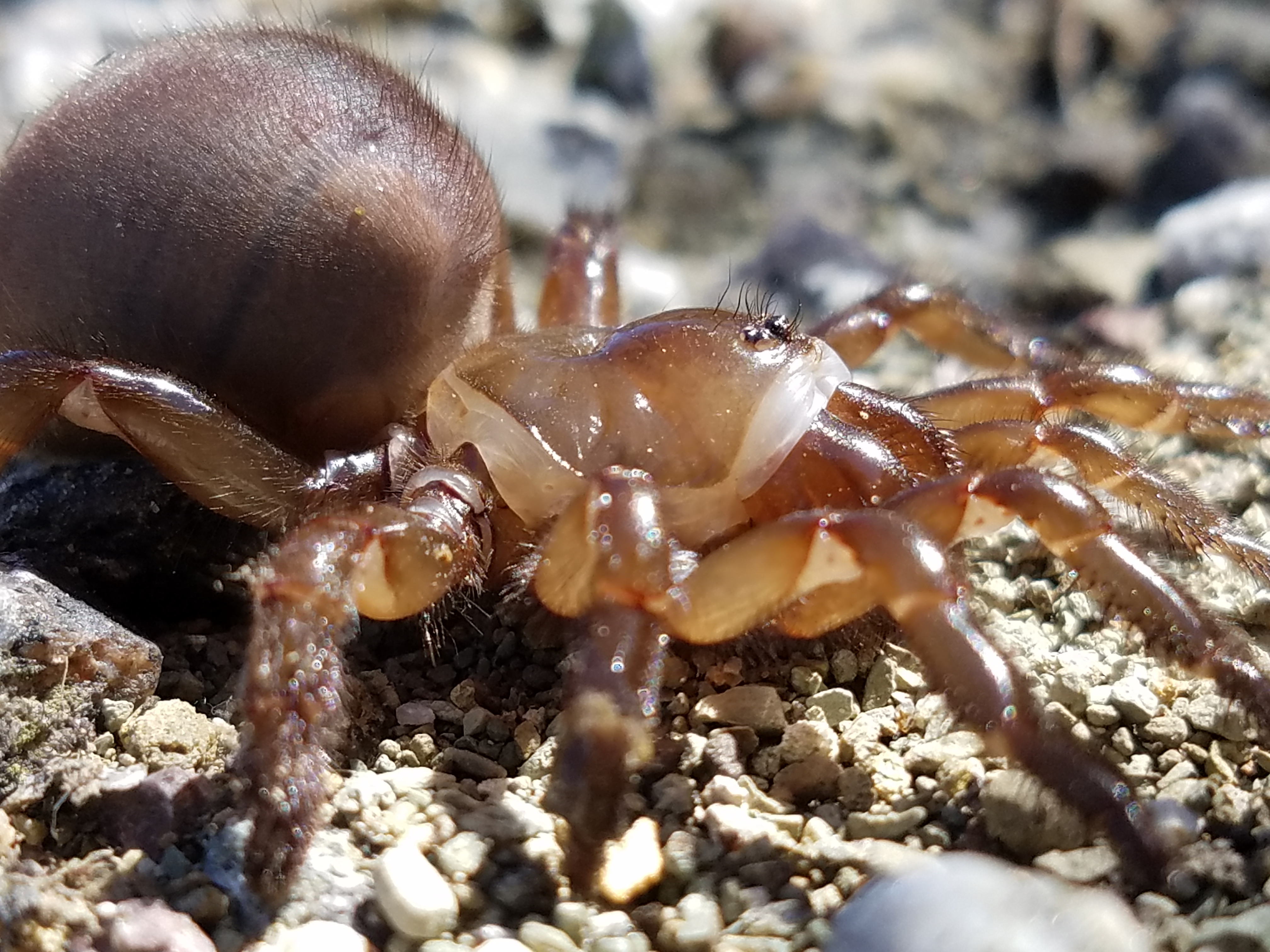I have always been fascinated with both the diversity of invertebrates and our disproportionate understanding of their biology. Despite their abundance, ubiquity, and ecological significance we lack the most basic knowledge of many organisms in this incredible branch of the tree of life. Much of the diversity that exists has yet to be described. Even for many of the species which have been described, their distribution across the landscape and the genetic relationships within and between populations are not well defined.
In my research, I use a combination of genomic data and bioinformatic tools to better understand phylogenetic relationships and ask questions about evolution and speciation. I apply these modern tools to understudied invertebrates, with a focus on conservation.

Freshwater Mussel Conservation Genomics
My current research projects seek to characterize the genetic diversity of threatened and endangered mussel species to help develop conservation strategies and make management decisions. The U.S. Southeast is a global diversity hotspot for mussels (and crayfish, and fish, and a lot of other things), but they face significant anthropogenic threats and many are either going or have already gone extinct. I am using genomic methods to generate thousands of genetic markers and understand the diversity of several species of concern (Margaritifera hembeli, Cumberlandia monodonta, Lampsilis abrupta, Epioblasma brevidens, and Cyprogenia stegaria).

Spider Systematics and Phylogenetics
During my dissertation, I investigated the genetic relationships and evolution of spiders at multiple levels. I used transcriptomic sequences to generate a backbone tree of life for spiders. Through my research I was able to uncover novel family-level relationships, resolve uncertainties in previously hypothesized trees, highlight rapid diversifications of ground hunting spiders, and provide evidence for the ancient origin of the orb web. I also looked at the pattern and process of speciation within a species complex from California (the Aptostichus atomarius complex), comparing dune endemic species to their inland sister species, identifying genes that may be associated with dune adapation.

Crayfish Ecology and Conservation
As an undergraduate I was fortunate enough to help with a statewide survey of crayfishes in West Virginia. We were interested in determining species distributions, understanding crayfish natural history, and describing diversity. This fieldwork resulted in, among other things, the description of new species and the ‘rediscovery’ of a population of Cambarus veteranus in southern West Virginia, a species once believed to be extirpated in the state. I also assisted with a crayfish survey in western Maryland and monitored a colony of burrowing crayfish (Cambarus dubius, pictured above) in Tera Alta, WV. See this fantastic article for more information about my former lab and advisor!